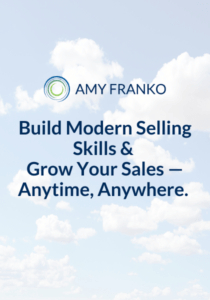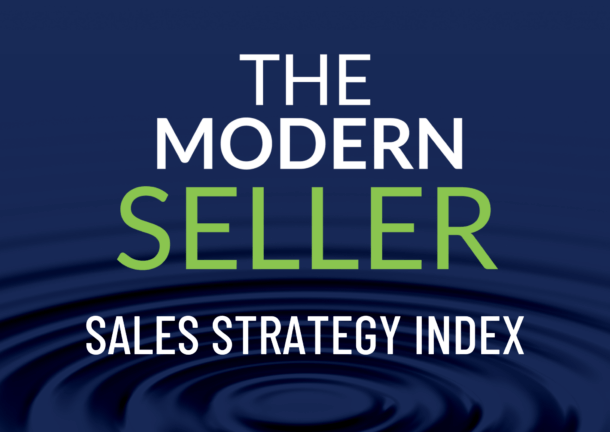My husband Dave was recently doing some work in our yard to build a shed. We live on property that needs to be surveyed; part of it belongs to the city and there are certain areas of the property where something like a shed isn’t permitted to be built.
He researched and contacted five different local surveying companies. For each one, he researched their social media and then used the contact forms on their website. Nothing. He then emailed them directly. No replies. Lastly, he called the numbers listed on their website. At least one was disconnected, and never received a call back on the other voicemails he left.
I was stunned to hear that after all of that work, he was only able to connect with one company. And that was by accident, after he contacted the company a second time and the owner just happened to pick up the phone. She even admitted that she almost never answers her phone. She’s just too busy.
Here was the most stunning statistic of all: the owner of this one company said that she leaves 85% of inbound business inquiries unanswered. That caught my attention and had me thinking.
What could we as professional sellers and business developers take from this experience apply to our client situations? I see three things to do differently to make sure we’re optimizing all of the opportunities that can be qualified and then added to our pipelines:
- Never leave inbound sales opportunities on the table. HubSpot’s research shows that Only 37% of companies responded to their leads within an hour; 23% of the companies never responded at all
Not all inquiries will become qualified opportunities, and a percentage of them will be junk. But a percentage of them will become qualified opportunities. At a strategic level, it’s worth understanding what those percentages are, in order to fine tune marketing and sales processes. At a tactical level, each opportunity needs to be vetted and then routed to the appropriate sales team for follow-up. - If you’re a sales leader or business owner and you’re losing inbound opportunities, it’s time to fine tune your early-stage sales process. In some industries, for every hour that ticks by that inbound lead becomes less valuable. In some industries, those inbound leads may have a longer shelf life. When you know your industry’s shelf life, then you can create a plan and process to optimize those leads. If your bottleneck is at the very beginning of the process when the lead arrives, you may need a resource to field those inquiries, qualify them, and route them to the right sales professional. I write here about how to apply a supply chain mindset to your sales process so you can accelerate results.
- Map the client buying process, starting with their first interaction with you. There’s an exercise I take clients through, where they map out their prospect’s or client’s buying process from end to end. One step in the process that’s often missed is how that prospects or client initially found them. Whether through a referral source, your company’s website, or another means, that prospect or client has already experienced you and your company to some degree. Take the time to map out the possible interactions at the front end of the process before they become a qualified lead, and then take it all the way through the sales process. You’ll likely find opportunities to improve their experience in a way that can better qualify them upfront.
The healthiest sales pipeline is one that is balanced between inbound leads, outbound leads, and growing current clients. These strategies can help you improve the inbound portion of your sales pipeline. You’ll better optimize those new opportunities, and turn them into long-term clients that can grow with you.


 Our Strategic Selling signature sales training program is now available online. This online sales learning program is ideal for professional services and B2B sales. Get started with 2 free lessons.
Our Strategic Selling signature sales training program is now available online. This online sales learning program is ideal for professional services and B2B sales. Get started with 2 free lessons.